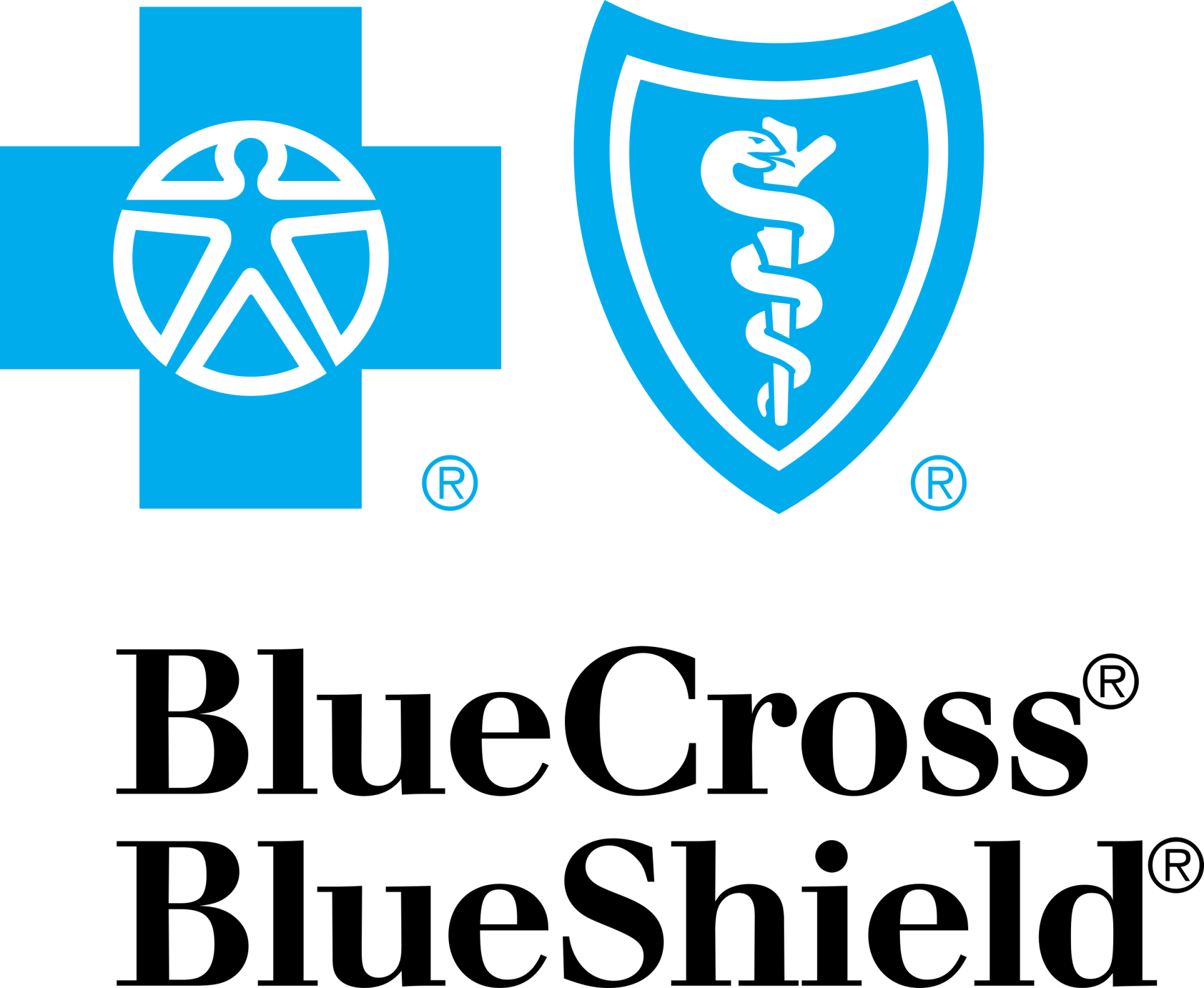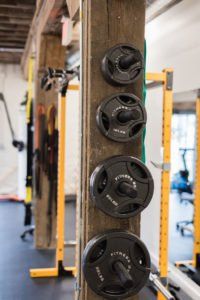By Allison Hawthorne
•
September 18, 2025
When you're in pain — whether from a nagging injury, post-surgical recovery, or chronic discomfort — finding the right care can feel like a maze. At Balanced Chiropractic & Physical Therapy, many patients walk in skeptical but leave with something they hadn’t experienced in other clinics: real relief and a clear plan forward. What sets this clinic apart? It's not just the treatment. It’s the total experience — one where skilled practitioners combine chiropractic care, physical therapy, and patient education to help individuals regain mobility, confidence, and quality of life. A Different Kind of Care Experience From the moment individuals arrive, they notice a different tone. The team at Balanced doesn’t just treat the symptoms — they take time to understand the full picture. Many patients describe the approach as comprehensive, personal, and results-focused . Whether recovering from orthopedic surgery or managing long-standing joint pain, patients often comment on how the care they received here was more effective than what they experienced elsewhere. The key difference? Integration. At Balanced, chiropractic and physical therapy are used in combination — not in silos. This means spinal adjustments might be paired with strengthening exercises, or dry needling might be used to reduce tension while also building joint stability. It’s a multi-modal approach designed to accelerate healing while helping prevent future injury. Common Conditions Addressed Patients come in with a wide range of challenges: Shoulder pain and limited mobility Back and neck discomfort, including sciatica Hip pain and post-surgical recovery Sports-related injuries Plantar fasciitis and foot issues Nerve-related symptoms, including numbness or tingling Knee pain and age-related joint stiffness Repetitive strain injuries from work or athletics Postpartum musculoskeletal challenges In each case, treatment plans are tailored — not only to the condition but to each patient’s lifestyle, goals, and progress. What Patients Consistently Say Here are some recurring themes reported by patients in public reviews: “I finally found relief after years of trying other providers.” “The care team really listens and adjusts based on how I feel week to week.” “The home exercise programs helped me stay consistent and feel in control of my progress.” “They went above and beyond — even following up after care to check on how I was doing.” “I was able to return to normal activities that I hadn’t done in years.” It’s not just about symptom relief. It’s about restoring function and confidence — whether that means returning to work, walking without pain, playing sports again, or simply sitting comfortably during long drives. Results That Speak for Themselves Across the board, patients report: Reduction in pain (often from high pain levels to minimal or none) Improved mobility and flexibility Faster recovery timelines post-surgery Better outcomes compared to previous care elsewhere Knowledge to self-manage and prevent recurrence One of the most notable differences? Patients feel like they are part of the process , not just receiving care but actively participating in their own recovery with a supportive team behind them. A Team That Prioritizes People, Not Just Protocols Balanced Chiropractic & Physical Therapy isn't just known for clinical skill — the people are a major part of the equation. Chiropractors, physical therapists, massage therapists, and administrative staff are frequently described as: Attentive Encouraging Thorough Responsive Easy to communicate with This atmosphere of support and collaboration often leads to stronger patient engagement and better long-term results. Why It Matters Musculoskeletal pain doesn’t just affect the body — it affects work, sleep, relationships, and mental focus . The goal at Balanced isn’t just pain reduction; it’s full-body function and restored confidence in movement. Whether you’re facing a complex injury or a nagging issue you’ve ignored for too long, Balanced Chiropractic & Physical Therapy offers something that’s hard to find in today’s healthcare landscape: individualized, integrated care that actually works. If you're exploring options for recovery, rehabilitation, or chronic pain management, Balanced may be worth your time — and could be the turning point your body’s been waiting for. Contact us today
 One way we use research is to apply what we read to inform our thinking.
One way we use research is to apply what we read to inform our thinking.








